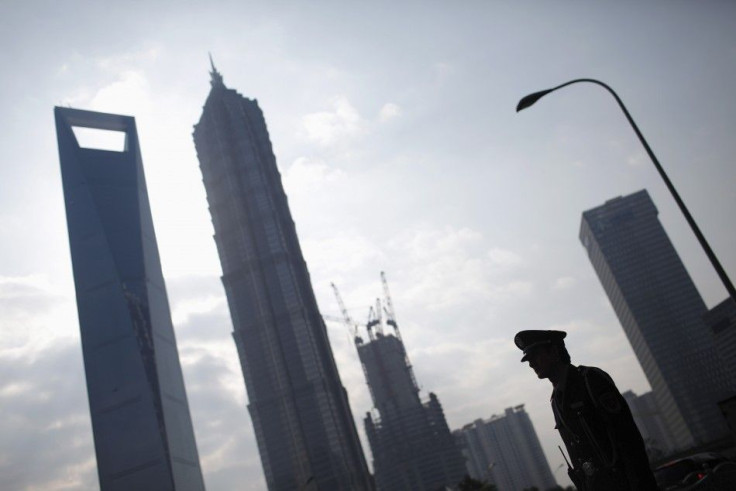Skyscrapers Foretell Financial Collapse: Look Out China, India
ANALYSIS

When a country builds a skyscraper, a financial collapse will soon follow, a new report from Barclay's Capital claims.
After reviewing historical examples, analysts from the bank concluded that the construction of skyscrapers can be linked to imminent market crises.
Often the world's tallest buildings are simply the edifice of a broader skyscraper-building boom, reflecting a widespread misallocation of capital and an impending economic correction, the report stated.
The completion of Petronas Towers in Kuala Lumpur in 1997 was followed by a region-wide economic crisis and the collapse of Asian currencies, it added.
If the connection was true, it would spell trouble for China and India. India doesn't have many skyscrapers yet but is currently building 14.
Today India has only two of the world's 276 skyscrapers over 240 metres (788 feet) in height, yet over the next five years it intends to complete 14 new skyscrapers, in what will prove to be its largest skyscraper-building boom, the report said.
Worryingly as well, India is also constructing the second tallest building in the world, the Tower of India, which should complete by 2016.
The writing, so to speak, would seem to be already on the glass curtain walling.
China, where 53 percent of all the world's skyscrapers are currently being built, is constructing skyscrapers at a nearly-reckless pace. When I visited China in 2008 I stayed with a friend who lived across the street from the Shanghai World Financial Center and the Jin Mao Tower -- both former holders of the World's Tallest Building title.
We went to a bar in a small cluster of stores about a block away one night but when we tried to return a few days later, the whole area had been fenced off and then demolished without warning the next day. On the site will sit the Shanghai Tower, currently under-construction, which will also be the World's Tallest Building when completed as well as the highest structure in China, at least momentarily.
“If history proves to be right, this building boom in China and India could simply be a reflection of a misallocation of capital, which may result in an economic correction in the next five years,” Barclays Capital concluded.
Even with China and India building at such a rapid rate, when one thinks of new skyscrapers, one thinks of Dubai. The city currently has the tallest building -- the Burj Khalifa -- and has designed some of the most architecturally unique high rises in the world. There are currently 403 skyscrapers over 100 meters tall in the city.
But Dubai has suffered considerably following the global market crisis of 2008 and the value of real estate there dropped by 33.5 billion dirhams (about $9 billion) between 2009 and 2010. Additionally, 217 building projects were cancelled.
Perhaps no building symbolizes Barclay's unhealthy connection more than the Torre de David commercial skyscraper in Caracas, Venezuela. Construction of the unfinished 45-story high-rise began in 1990 but when a financial crisis in 1994 decimated the country's banks the project was abandoned. Now, with the frame done but the interior empty and the building only partly covered in glass, the Torre de David has become a vertical slum that is home to about 3,000 people, including scores of families.
The residents have figured out how to get cable television but there isn't any running water or even an elevator, according to Foreign Policy, and many dwellings are exposed to the elements. The building has also became a sore spot for neighbors, who say that drug dealers and prostitutes hide out there.
The first skyscraper was the seven-story Equitable Life building in New York. Built in 1873, it was the first building with an elevator and was also completed the same year that a five-year recession began.
© Copyright IBTimes 2024. All rights reserved.




















